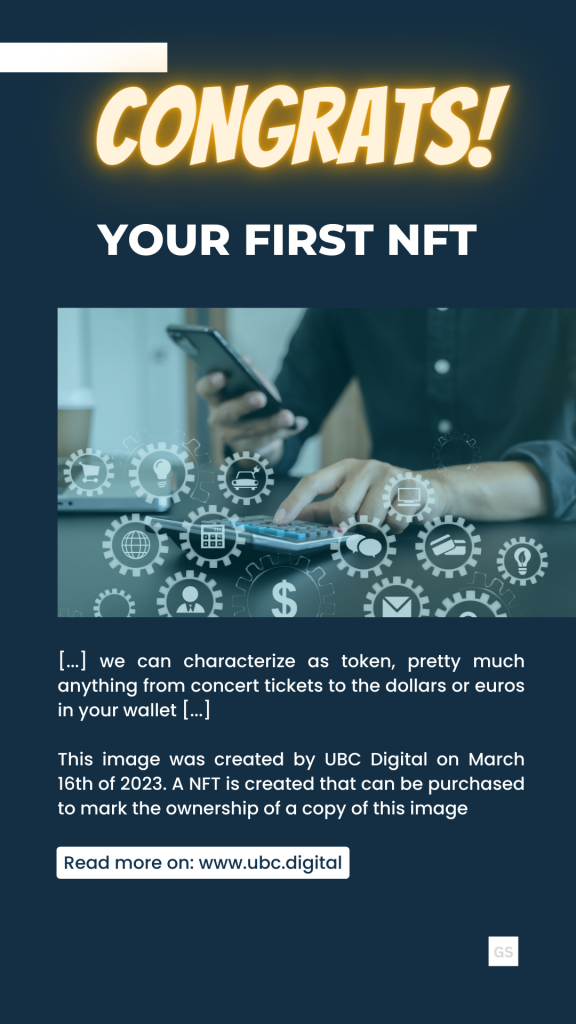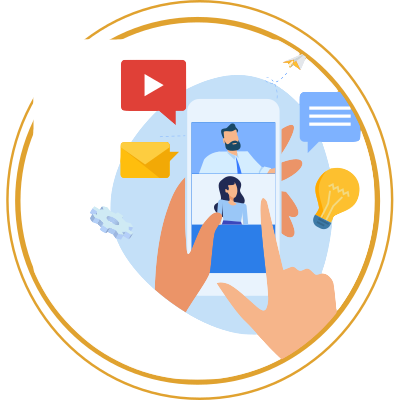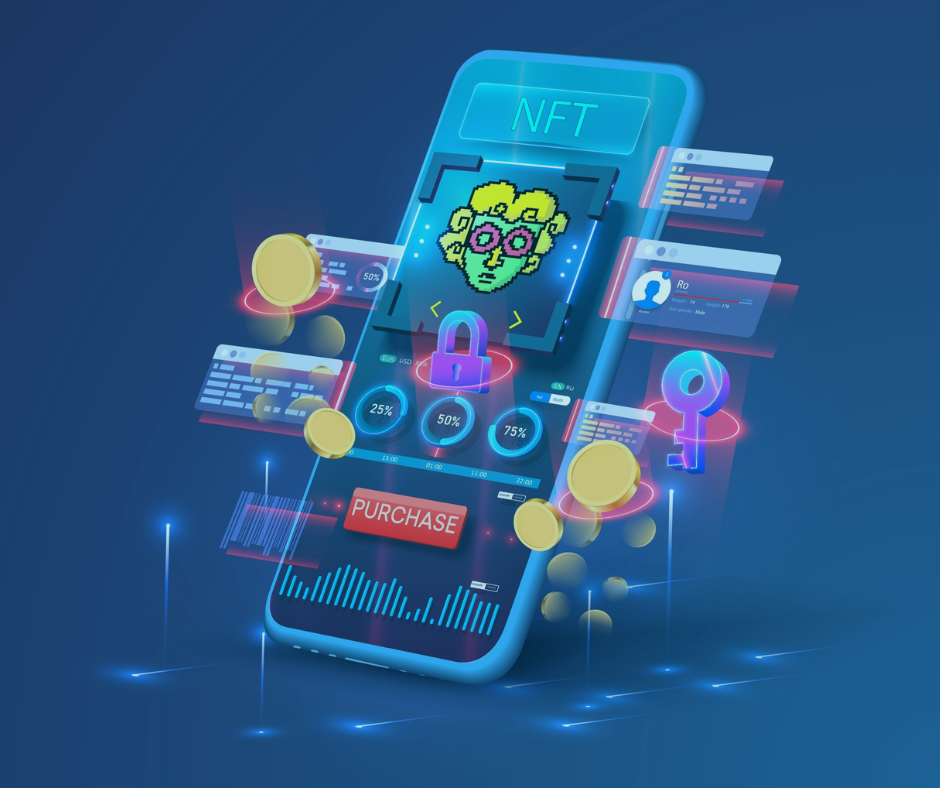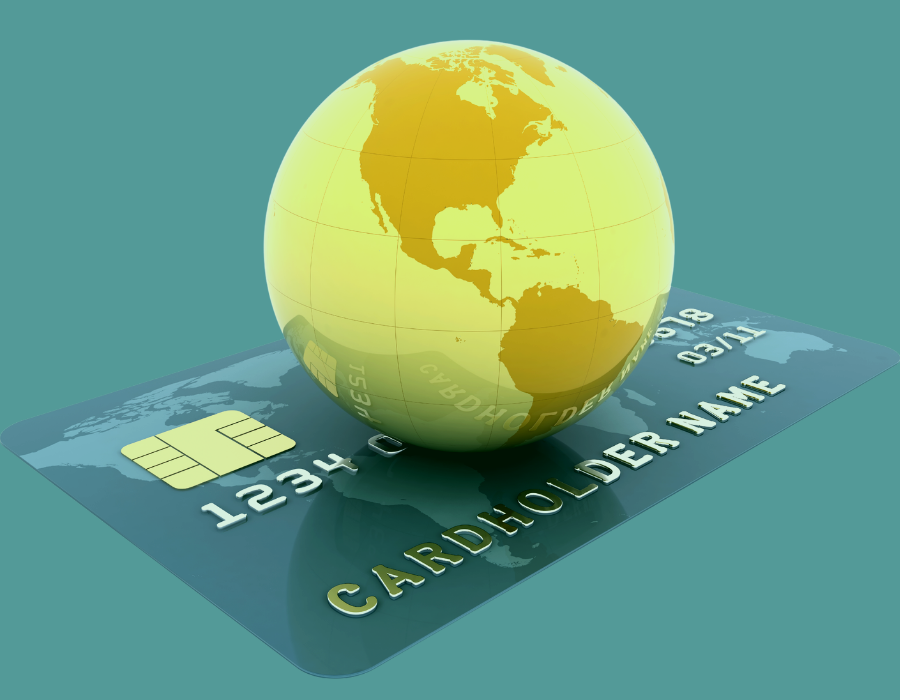You’ve probably heard of NFTs in some shape, haven’t you? We’ve heard a lot about these in the past years- digital assets of which you can even create your own. Read more about it here and dive in with our team, to explain and illustrate the different steps you have to take to create your own NFT.
We’re not here only to talk about digital art! Let’s assume for a minute that you do not know that NFTs are a special type of image or picture. If you do relate the acronym “NFT” to a Picture or an Image, let’s stop doing that just for a moment. In fact, a [N]on-[F]ungible [T]oken, or short NFT, can be much more than a picture and we’ll explain why.
Of course, there are many different platforms to create these and we will explain the differences there are and also what non-fungible tokens are, in the first place. We’ve put together this short guide on how to create a NFT just fo you, enjoy the read!
Table of contents
- Definition: What is a NFT?
- Create your original content
- Choose a NFT platform
- Choose a blockchain network
- Applications: Minting your NFT
- Monetize: Selling your NFT
- Other uses: Collecting NFTs
- Conclusion
Definition: What is a NFT?
This acronym is used to denote non-fungible tokens. Let’s have a look at the definition for the word token:
a. something serving to represent or indicate some fact, event, feeling, etc.
b. anything of only nominal value used in exchange for goods or services, as paper currency.
Source: Dictionary.com
In the above we listed only the definitions that matter to the content of this article. Out of the these, we can characterize as token, pretty much anything from concert tickets to the dollars or euros in your wallet- can’t we?
Now, with the birth of blockchain communities and thereby the birth of many cryptocurrencies or tokens, this word is used to describe digital assets. These are usually issued (created) using a blockchain protocol. Ethereum, for example, is one of these blockchain protocols that lets you create your own cryptocurrency or token(s).
Anyhow, whenever you hear about NFTs, the T will usually stand for Token. We will now explain why these tokens are special and how they relate to original content.
Create your original content
What makes these tokens special is that they are linked to specific content and that- through their non-fungibility- they are unique. The uniqueness of a NFT is determined by the issuer platform as well as the royalties and purchase capacities, we will explain that a bit more in details later in this guide.
First of all, you will have to create original content. That said, it could be a Roman, or just a Poem, or it could be a Picture of you, it could also be a piece of art, it can be anything that you can come up with and that is potentially of interest for future holders.
For the sake of simplicity, we won’t go through the actual creation of digital art. It is something you should be looking into as this will also determine the type of content that you wan’t to issue or digitize with a token that represents it.
As for the content of the first NFT created with this guide: We created a picture and attached a quote from this article to it. The article itself will be attached to the NFT as well such that any further holder of said NFT will later own:
- a copy of the image as displayed here ; and
- a copy of the text of the article as a freely re-usable text.
Added to the image, we actually attached a signature as well, have you found it? Let us know in the comments section.

Thus, the resources necessary for this how to create a NFT: the above image and the PDF copy of this article signed by the author. These resources will be attached to the NFT in a later step after we defined which platform we will use.
Choose a platform: NFT Marketplaces
We have researched and worked with most of the NFT marketplaces out there. In fact, our team at UBC dived in the NFT rabbit hole quite a bit in the past with articles here and here. We have also previously published a standard for Security Tokens using blockchain protocols, this one can be found at Github.
The list is long today as bigger players of the tech industry have also announced their research with NFT. Interestingly, platforms like Instagram, Twitter and Facebook have mostly played around with NFTs by adding support for these with profile pictures. Not so much in terms of actual content that you post using these platforms. A hint here: the reason for this is that the only thing you own on these platforms is actually your profile picture; much more you don’t own.
Anyhow, we’d recommend using more decentralized marketplaces like OpenSea, Rarible or SuperRare. These platforms will usually use your blockchain wallet to perform actions and to create a NFT. To do so, you will have to unlock your wallet and authorize the software to read your information.
By creating a NFT, you will be creating blockchain transactions, please note that these are usually publicly linked to your blockchain wallet and that they are known to be irreversible, i.e. they cannot be undone. We like to remind you to take caution when working with some blockchain networks.
Please note that you must be extremely careful not to fall for scams related to your blockchain wallet. Some NFT marketplaces out there want to trick you into phishing attacks. Be mindful and never act without prior due diligence on your own.
Choose a blockchain network
Alright, so up to here we have only decided of where our NFT will be marketed. There is one more complexity to this process. In fact, some of the marketplaces may be multi-network in that they let you issue your NFT on a selected blockchain network.
Some of the blockchain networks that are supported by NFT marketplaces include: Ethereum, Polygon, BNB Chain, Avalanche and Solana. What is asked here is to choose a blockchain network by which you will authenticate and that will be used to issue your token(s).
After authenticating with your blockchain wallet, there should not be much mentions of the blockchain network anymore. Note that due to the complexity of blockchain, it is important to always know exactly which network you are using, such that you do not get confused or mistakenly create transactions on a different network- which is usually a symptom for phishing attacks on your wallet, as well.
To close up here, we’ll just pick Ethereum. It is a popular blockchain network that has been evolving and developing since 2016, we also discussed a little bit of its use cases lately in our article here.
Please do not use the above as an endorsement from the author.
Applications: Minting your NFT
Another definition is going to be necessary here, the one for the minting process. In fact this word only refers to the issuance and creation of your token(s) using the underlying blockchain technology. During this process you will be asked to enter some metadata about your NFT, like a title or a description.
Typically, the software will then automatically mint your NFT and display a link to it so you can share it with your friends or display your NFT whenever and wherever you want (using iframes).
The options and capacities of the NFT itself are often still limited to a marketplace’s feature set, this is why we have seen so many NFT images and memes- they are the easiest to reproduce and display. As such, if I’d be creating a NFT to represent a signed copy of this article, you would only ever be able to access it given that a marketplace is able to display such digitized articles.
That’s not the case, so we thought of something better: you can now buy a NFT on our marketplace or book a NFT consultation with one of our experts.
Monetize: Selling your NFT
The process of putting up your NFT for sale in a marketplace is usually facilitated by the underlying NFT platform of your choice. Yet, due to their specificity, NFTs can sometimes also be sold directly to different blockchain counterparties that may be involved in a sale.
After all, it is up to what the NFT represents. If it’s just an image, there is no sense in having it co-owned by multiple parties. But let’s hypothetically consider a token that represents the ownership over the central park of the city of El Gato.
That is one great ownership, don’t you think? You could be the owner of one share of land in that park. In a not-so-distant future, this could mean for example, that you may participate in the project(s) to extend the park further or similar activities to let more cat-neighboors in.
Note that by distributing the ownership over this park to multiple tenants, we are also making these tenants part of the story about the park. What happens if one wants out? What happens if one expects anything? You probably want to lay a few ground rules before you continue on tokenizing a park infrastructure (land and/or materials) but the idea of making people of the neighborhood own parts of a park, that is what we find interesting.
Digital assets can be owned by one or by multiple parties such as, for example, to perceive royalties over the usage of a shared resource. And you are always free to sell them on more-or-less distributed marketplaces. Our heartful advise to you: do not sell anything illegal.
Other uses: Collecting NFT
You can use any NFT marketplace of your choice collect NFTs that others have issued. Usually, you will receive the NFT directly on your blockchain wallet.
In the near-future, we expect more standardization around NFT ownership and display. Right now, NFT instances are different from one marketplace to the other. This is the reason why you must use a specific marketplace to view or sell your NFT. If you created the NFT at OpenSea, viewing it inside Rarible is not possible and vice-versa; we expect this to change in the foreseeable future.
With a correct standardization around the content NFTs may represent, it is probable that more collection software will arise. Will we soon have a NFT Drive? Ask our experts during a blockchain consultation!
In the mean time, tech giants are taking their share as we mentioned in our industry news here, with Salesforce Web3 announcing their plans to help you create a NFT. Our team also participated in some virtual events around NFTs in the latest months, with VR pictures museum featuring NFT marketplace content.
Conclusion
There is millions of NFT out there- You can’t buy them all, and you probably shouldn’t either. We think that we will see more collection software for NFT in the future and we will come back about this you when the industry reached some level of standardization that protects end-users and their privacy.
As of right now, NFTs are still being researched to find use-cases different from digital art. An example here, did you know that our team at UBC worked with dHealth Foundation to build a Health-to-Earn showcase featuring NFTs? This distributed software automatically rewards users for healthy behaviour and they can unlock achievements to further build their digital identity.
Are you missing an example of NFT in this guide? Feel free to tell us in the comments section.

We hope that this article was insightful for you and are looking forward to any feedback and messages. Please share your thoughts in the comments section below!
Disclaimer
This website may contain information about financial firms, employees of such firms, and/or their products and services such as real estate, stocks, bonds, and other types of investments. While this website may intend - as the author deem necessary - to provide information on financial matters and investments, such information or references should not be construed or interpreted as investment advice or viewed as an endorsement.



